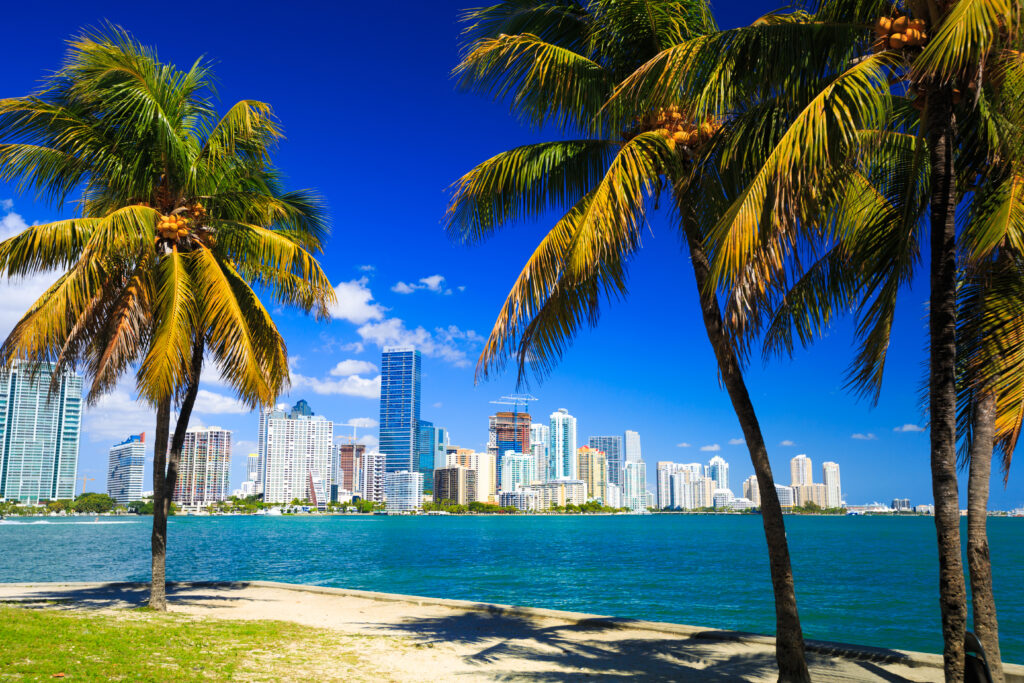
The lesson is that mankind can engineer its way out of most of the adverse effects of climate change or spend billions and trillions more on unproven schemes to alter the atmosphere’s composition, etc., without any practical result.
Thousands of people have been killed by hurricanes in the U.S. The Galveston, Texas, hurricane that killed 8,000 to 12,000 people on Sept. 8, 1900, holds the record for the most hurricane-related deaths from a single storm. In August 2005, Hurricane Katrina was responsible for over 1,200 deaths, primarily in New Orleans.
Until the development of weather satellites, people were often unaware of an impending hurricane until it was too late to evacuate or otherwise prepare.
The weather satellites were working in 2005, and New Orleans residents were given adequate warning about what could happen. But government officials, particularly at the local level, were slow to act. Many neighborhoods in New Orleans are below sea level and depend on levies to protect them from high water.
It turns out that the Army Corps of Engineers, which was responsible for maintaining and updating the levy system, failed to do so in an adequate way — and it, of course, blamed Congress for inadequate funding. As the hurricane approached, federal officials advised mass evacuations, but many state and local officials failed to get their citizens out or to higher ground — and so the disaster unfolded.
Florida’s response to Hurricane Idalia last month was just the opposite.
The governor and state officials already had plans and coordination procedures in place with local officials for possible scenarios. The greatest danger was massive flooding in the Tampa Bay area because of a large population only a few feet above sea level.
Ever since the deadly Hurricane Andrew hit Miami in 1992, Florida has been toughening its building codes and “hardening” infrastructure, including utilities.
Reinforced concrete buildings with living areas above 18 feet above sea level can withstand almost all likely sea surges. Typical one-story Florida houses in areas less than 10 feet above sea level (where I once lived) are slowly being replaced by taller, more robust structures.
The town of Cedar Key, where Hurricane Idalia hit, is a good example of what can be done.
People have lived on the group of low-lying islands in the Big Bend area that is Cedar Key of Florida for hundreds of years because of the availability of many types of seafood and the historic beauty of the area, which has become a tourist destination.
Town residents understood the dangers of rising sea levels and storm surges from hurricanes. They had a choice: Abandon the town to the sea or engineer rebuilding of the town to give them another century or two in their paradise.
They are now several years into an active program of elevating the town — and key infrastructure in particular.
Sea levels have risen for the last 12,000 years since the end of the last ice age. It has been a slow process, enabling people to rebuild their towns over the centuries at higher and higher levels, almost without notice.
At a recent congressional hearing on the environment, one witness claimed that we could stop the rise of carbon dioxide in the atmosphere by 2050 with an expenditure of $50 trillion — $160,000 for every man, woman and child in the U.S. It was unclear who would receive the $50 trillion, and how they would use it to stop climate change rather than line their own pockets.
Many people say we need to stop fossil fuel production and rely on wind and solar energy — forgetting that these sources are intermittent and require fossil fuel or nuclear backup, among other problems.
The U.S. has been reducing its carbon emissions, mainly by substituting natural gas for coal, but China and India are building new coal-fired plants at a furious pace. China accounts for about one-third of global carbon dioxide emissions (the U.S. contributes less than half that).
Some officials in New York want to ban gas-powered stoves, yet natural gas is a more efficient fuel for heating than electricity. How will it help the global climate if Mrs. Kelly in New York can no longer use her gas stove while at the same time, three Mrs. Chens in China are installing new gas stoves?
Scientists cannot agree on what the optimum level of carbon dioxide should be in the atmosphere (at the moment, carbon dioxide is below optimum for plant growth — i.e., food production). If there is no agreement on a target and a time for reaching the target, it is not possible to calculate what has to be done to hit the target and how much that will cost.
For at least three decades, politicians and scientists have been making doomsday predictions about what will happen if “we” don’t act immediately. The dates for many of these doomsdays have come and gone, and the world did not end.
The people of Cedar Key, Florida, embody much more wisdom than the environmental establishment in Washington.
Rather than asserting what they do not and cannot know about the rate of climate change and how to stop it, they go on with their lives by engineering their community to deal with likely worst-case scenarios.
Richard W. Rahn is chairman of the Institute for Global Economic Growth and MCon LLC. This article was first published at The Washington Times.

Always stay up to date
Receive information about current publications and events around once a month.
The Liberal Institute is delighted to hear from you.
LIBERALES INSTITUT
Hochstrasse 38
8044 Zürich, Schweiz
Tel.: +41 (0)44 364 16 66
institut@libinst.ch
INSTITUT LIBÉRAL
Boulevard de Grancy 19
1006 Lausanne, Suisse
Tel.: +41 (0)21 510 32 00
liberal@libinst.ch
ISTITUTO LIBERALE
Via Nassa 60
6900 Lugano, Svizzera
Tel.: +41 (0)91 210 27 90
liberale@libinst.ch

Receive information in German about current publications and events about once a month.